10 Ways to Drive More Eco-Friendly Without Buying a New Car
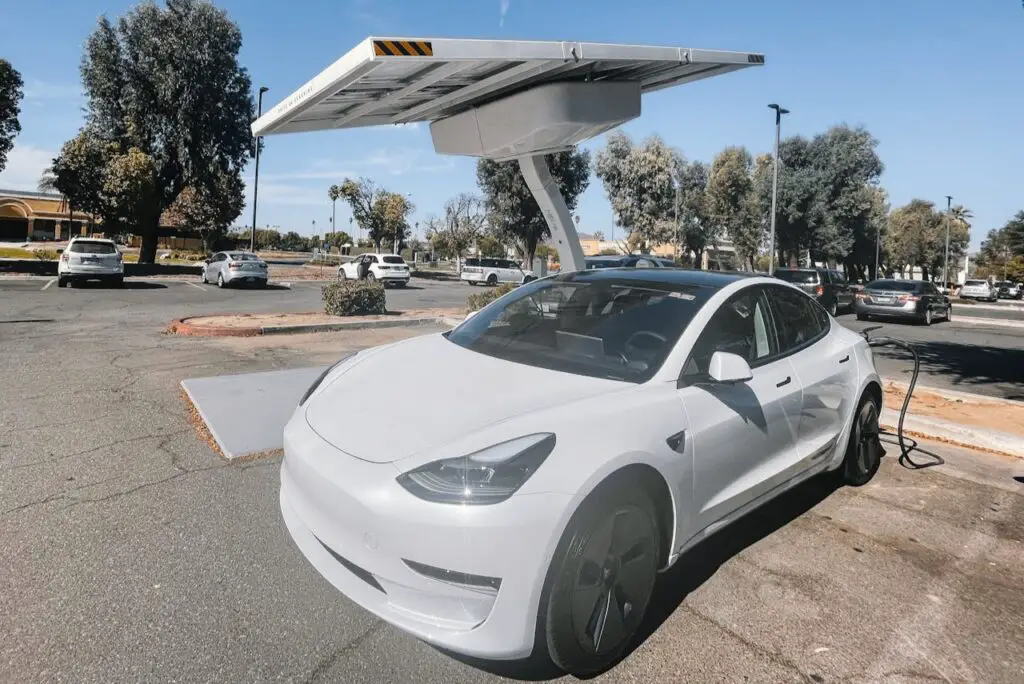
If you’ve ever felt a twinge of guilt filling up your gas tank or wondered how you could shrink your carbon footprint without shelling out thousands for a brand-new hybrid or electric vehicle, you’re not alone. Good news: you don’t have to buy a new car to start driving greener. In fact, the most eco-friendly car is often the one you already own—if you use it wisely. From simple habits behind the wheel to smart maintenance choices, there are countless ways to save gas, reduce emissions, and even keep more money in your wallet. Ready to make a difference every time you drive? Let’s dive into ten practical, impactful ways you can drive more eco-friendly—without shopping for a new set of wheels.
1. Master the Art of Smooth Driving
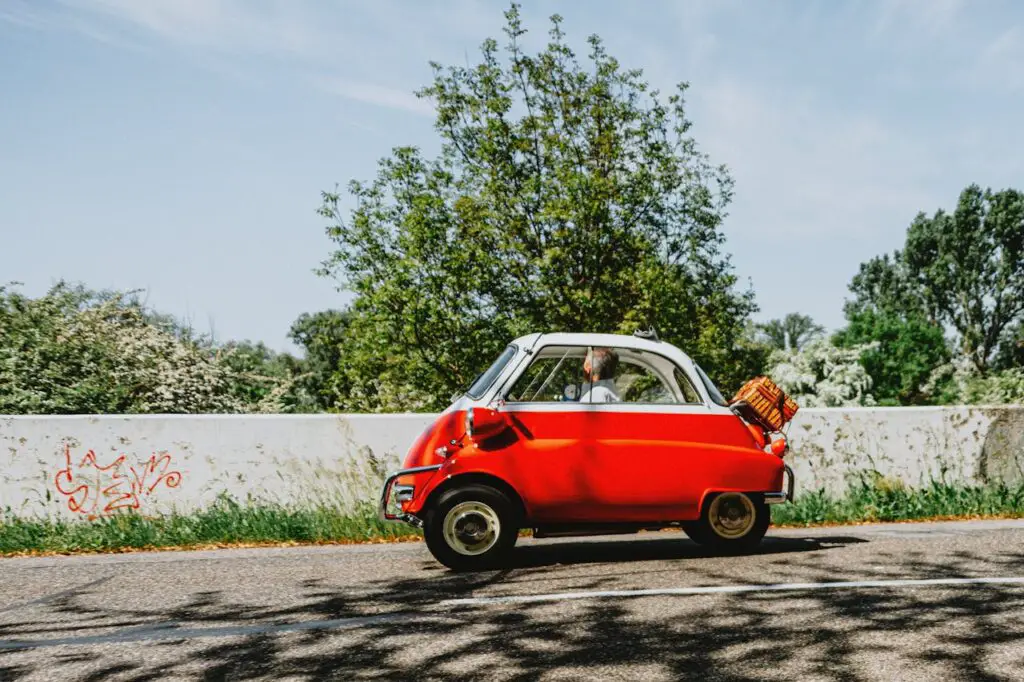
It sounds simple, but one of the easiest ways to drive greener is to avoid hard acceleration and sudden braking. When you stomp on the gas pedal, your engine guzzles fuel at an alarming rate. Studies show aggressive driving can lower your fuel economy by as much as 30 percent on highways and up to 40 percent in city traffic. The trick is to pretend there’s an open coffee cup on your dashboard: accelerate gently, coast into stops, and anticipate traffic flow. Not only will you save fuel, but you’ll also reduce wear and tear on your brakes and tires, making your car—and your budget—last longer.
2. Maintain a Steady Speed and Use Cruise Control

Few things drain fuel faster than fluctuating speeds on the highway. If you’re constantly speeding up and slowing down, your engine has to work overtime, burning more gas than necessary. Once you’re cruising along at highway speeds, it’s best to keep your speed consistent. Engaging cruise control on open roads can help you maintain a steady pace, preventing unnecessary surges that waste fuel. In fact, driving over 50 mph can cause your gas mileage to drop quickly. Even reducing your speed by five to ten miles per hour can translate to significant savings at the pump and lower emissions overall.
3. Avoid Idling—Even for Brief Stops

Many people think letting their car idle for a minute or two is harmless. But idling for even ten seconds burns more fuel than restarting your engine. Whether you’re waiting to pick someone up, grabbing a coffee at the drive-thru, or just sitting in traffic, turning off your engine whenever possible is one of the simplest ways to save gas and reduce emissions. Especially in cooler weather, it’s tempting to leave the car running for heat, but modern engines don’t need lengthy warm-ups. Cutting down on idle time is a small change that adds up over time—and helps protect the air quality in your community.
4. Lighten the Load: Ditch Extra Weight and Drag

Think of your car like a marathon runner—extra baggage slows it down and burns more fuel. Every additional 100 pounds in your vehicle can reduce fuel economy by about one percent. So if your trunk is a mobile storage unit full of sports gear, tools, or last month’s yard-sale finds, it’s time to clean it out. Roof racks and cargo boxes can also increase aerodynamic drag, which can sap up to 20 percent more energy on the highway. If you’re not using those attachments, remove them and let your car slice through the air more efficiently. Traveling lighter means fewer trips to the gas station and lower emissions.
5. Regular Maintenance is Green Maintenance
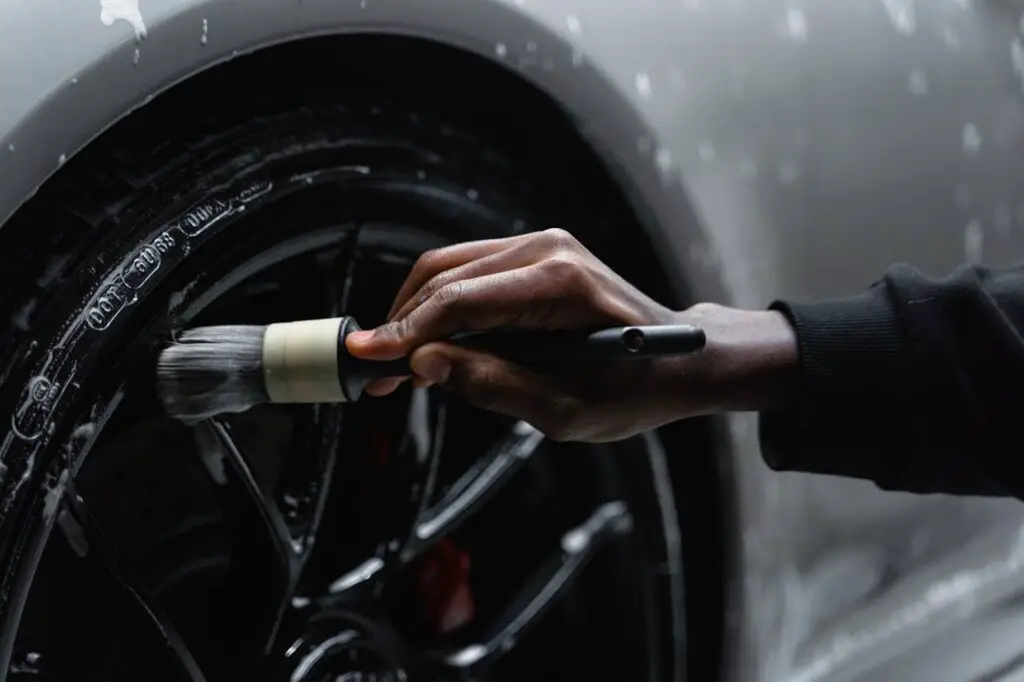
There’s nothing eco-friendly about a poorly maintained vehicle. A dirty air filter, old spark plugs, or low tire pressure can sabotage fuel efficiency. For example, underinflated tires increase rolling resistance, forcing your engine to work harder. Keeping tires inflated to the manufacturer’s recommended pressure can improve gas mileage by up to three percent. Replacing clogged air filters and getting regular tune-ups can boost fuel efficiency by as much as ten percent. Following your vehicle’s maintenance schedule helps keep it running at peak performance, which saves fuel, reduces emissions, and avoids costly repairs down the road.
6. Plan and Combine Errands Efficiently

Short trips that start with a cold engine are some of the least efficient journeys you can take. Cold engines consume significantly more fuel, and repeated short trips mean your vehicle never fully warms up to its optimal operating temperature. Instead, plan your errands in one efficient loop. Start with the farthest destination and work your way back home. You’ll minimize total miles driven, reduce the number of cold starts, and save time. Plus, fewer miles on the road mean lower emissions and less wear on your car. It’s a simple strategy, but one of the most effective for eco-friendly driving.
7. Tap Into “Eco Mode” or Overdrive When Available
Many newer vehicles come equipped with an “Eco Mode” or overdrive setting designed to optimize fuel economy. When engaged, these systems adjust throttle response, shift points, and even air conditioning performance to use less fuel. For city driving or relaxed highway cruising, Eco Mode can deliver a five to ten percent improvement in mileage without sacrificing comfort. Even older cars often have an overdrive feature for highway speeds, allowing the engine to run at lower RPMs, which burns less gas. It’s worth digging into your owner’s manual to see what fuel-saving features your car might have hiding under the hood.
8. Disable the A/C When Practical
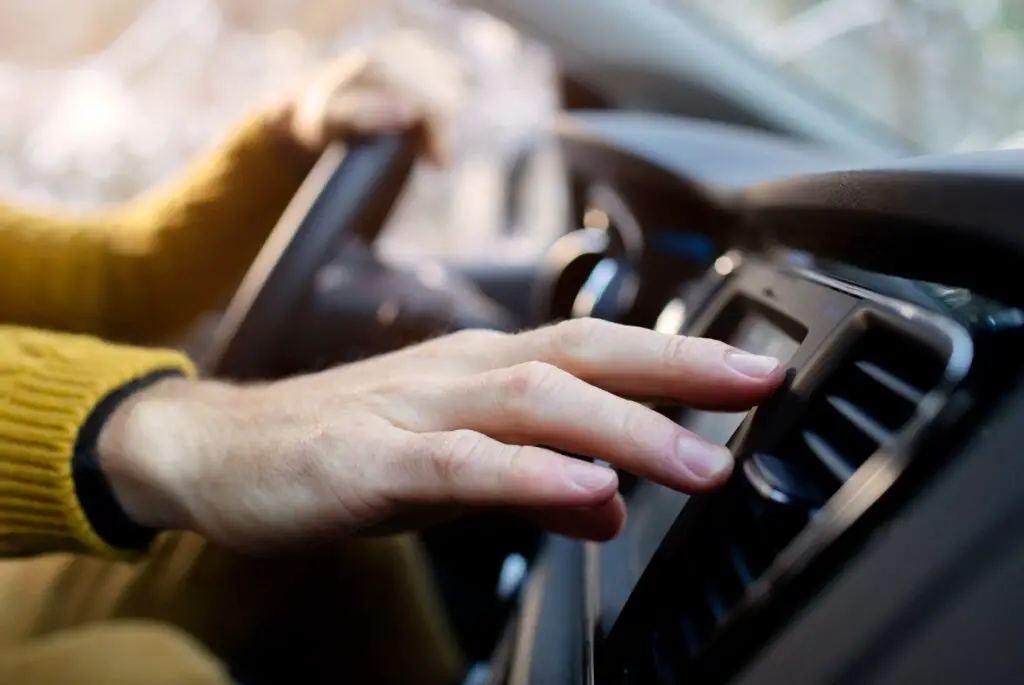
Air conditioning can be a surprisingly big fuel hog. Running your car’s A/C can reduce fuel efficiency by as much as 20 percent, especially in smaller vehicles with less powerful engines. On mild days, consider rolling down the windows instead of blasting the air conditioning. Of course, safety and comfort come first—nobody’s suggesting you sweat through a heatwave or deprive your passengers of cool air. But if you’re driving around town on a pleasant day, turning off the A/C can help you save fuel, reduce engine load, and lower your environmental impact.
9. Use Fuel-Efficient Driving Tools and Feedback

Modern technology offers drivers plenty of tools to help improve fuel economy. From smartphone apps to in-car displays, these systems provide real-time feedback on driving habits like acceleration, braking, and fuel consumption. Studies have shown that drivers who use such feedback can improve fuel efficiency by six to thirty percent simply by adjusting their behavior behind the wheel. Even basic devices like an OBD-II scanner connected to a phone app can deliver valuable insights. It’s like having a personal eco-driving coach riding shotgun, helping you develop greener habits that save money and protect the environment.
10. Rethink and Reduce Trips: Carpool, Walk, Bike, or Transit
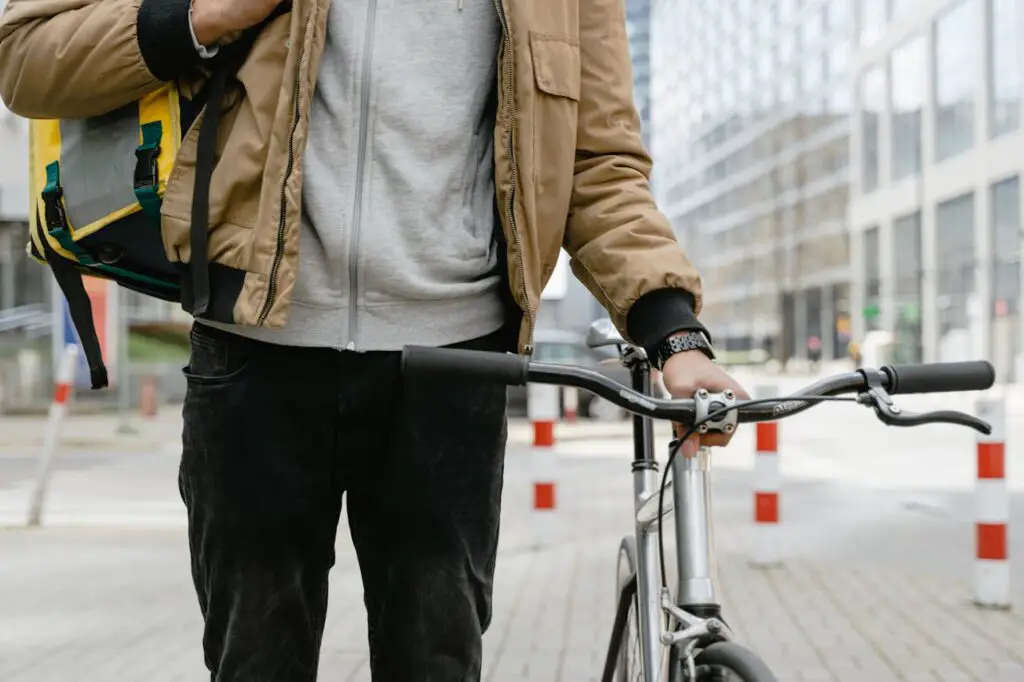
The absolute best way to drive more eco-friendly is simply to drive less. Whenever you can, consider alternatives like carpooling, public transit, biking, or walking. Sharing a ride even once or twice a week cuts your fuel use, lowers traffic congestion, and reduces wear on your vehicle. In urban areas, public transportation is often faster and more convenient than dealing with parking or traffic jams. For shorter errands, a bike ride or a brisk walk can be healthier for you and better for the environment. Every mile you avoid driving translates into less fuel burned, fewer emissions released, and a lighter environmental footprint.
Final Thoughts
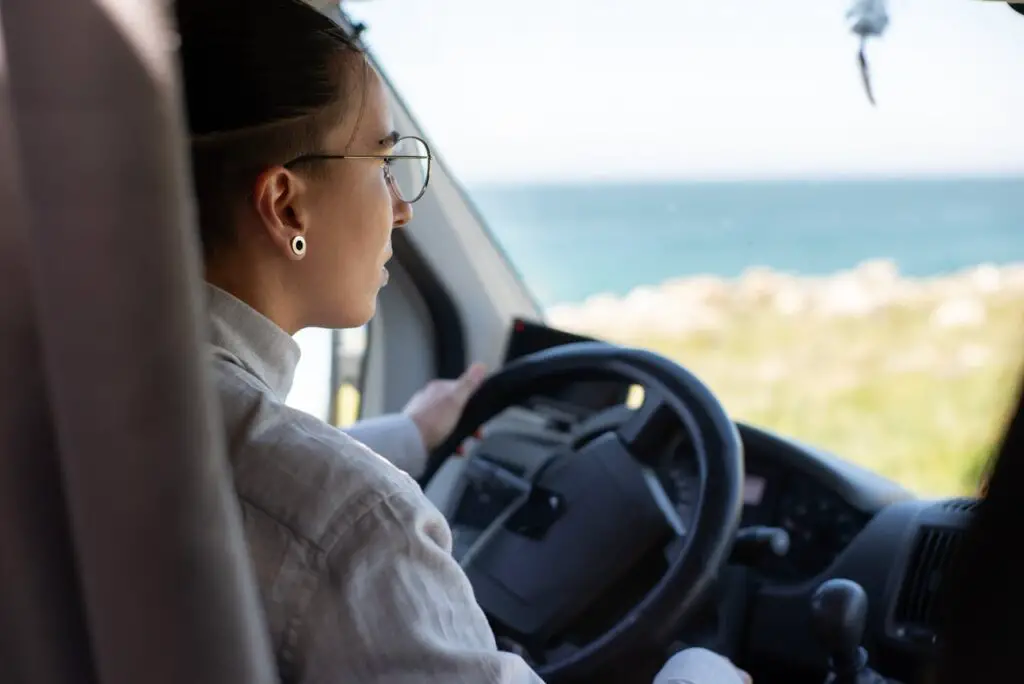
There’s a common misconception that going green behind the wheel requires trading in your current car for an expensive new hybrid or electric vehicle. But the truth is, some of the most impactful changes you can make don’t cost a dime—and they start with the choices you make every day. Whether it’s driving more smoothly, keeping your tires properly inflated, or simply skipping that extra car trip, you have the power to drive more eco-friendly right now. These ten steps aren’t about perfection—they’re about progress. Small changes, when multiplied across millions of drivers, can lead to big improvements for our air quality, our climate, and even our wallets. So the next time you slide behind the wheel, remember: the greenest car might just be the one already in your driveway. Let’s drive smarter, cleaner, and greener—one mile at a time.
Leave a Reply